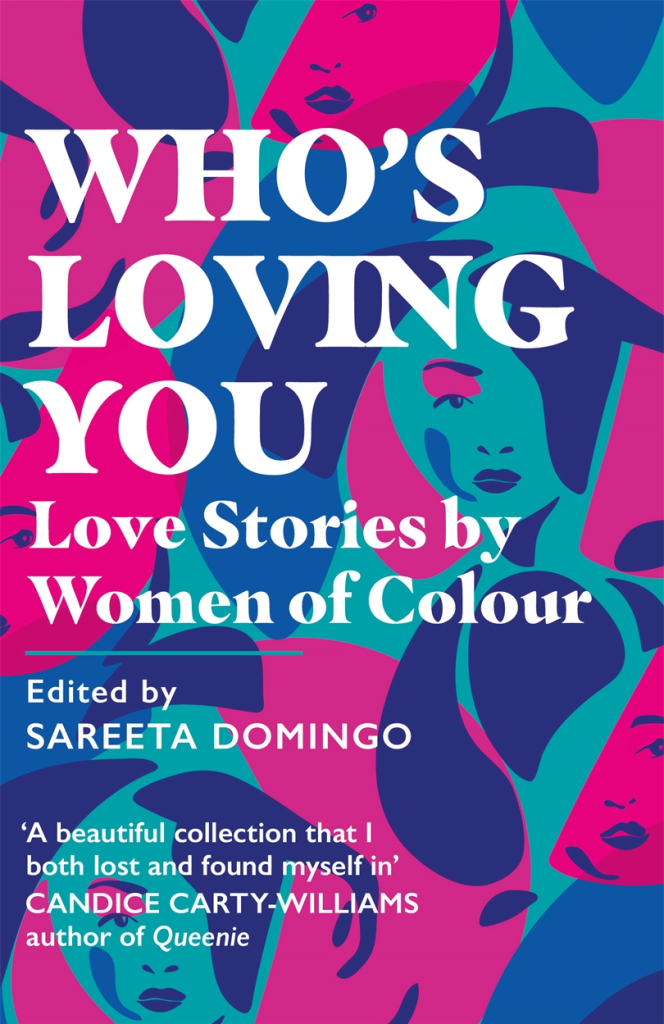On the 27th of January the Glasgow Women’s Library is marking an old tradition in a contemporary way – Herland, a night of literature and dining, where we celebrate the joint birthdays of Robert Burns and Virginia Woolf and explore the possibility of other links between the two applauded literary figures.
Burns and Woolf are, at first glance, two writers who have almost nothing in common. They shared a birthday, this is true, but they lived 86 years apart and had apparently very different lives and upbringings. Yet, as one looks closer, those links that weave together humankind come into view and we see more and more how those important figures from the past are more bonded than we realise.
A celebration of them both is a celebration of their lives and what they stood for. Both share similar problems – misunderstood by the public, strongly opinionated and radical for their times. Both were pioneers in their writing styles and both lived difficult and too-short lives.
As part of the celebration, Herland is looking for new works to be performed at the supper that link the two writers. This may seem like a daunting task so I have started the research and put together a few suggestions for where to start.
The most direct link would be Virginia Woolf’s own words about Burns. In A Room of One’s Own Woolf marks out Burns as a working class genius, very briefly, in her larger argument for the difficulties of female writers:
“Yet genius of a sort must have existed among women as it must have existed among the working classes. Now and again an Emily Brontë or a Robert Burns blazes out and proves its presence.”
What would Burns have said had he lived to read her works? Would he have seen her genius as she saw his? Burns’ treatment of women in his works and in his life is an oft debated subject and it would be interesting to explore your own interpretation through his imagined opinion of Woolf. Equally, can you find more information about Woolf’s impression of Burns? A critique of his work through her eyes could be very interesting.
Both Burns and Woolf were at the forefront of their genres – Burns as a proto-Romantic Poet and Woolf as a Modernist. They both cultivated distinct styles even within their own genres. Burns used both Scots and Scottish English, a sharp, cutting wit and short punchy lines, filling his stanzas with strong emotion and humour. Woolf’s tone is thoughtful and experimental. She used stream of consciousness writing, was nontraditional with plot and layout and often put atmosphere and impression above a normal plot structure. Swapping their styles or trying to blend them might be a fun project. It could be as simple as translating an extract of Woolf’s writing into Scots or as complicated as creating a new work that you think ties together their styles. Both had a strong sense of satire and an appreciation of the political world, so you won’t be starting from a complete divide. If you need more help then look no further than this wonderful guide another volunteer has put together.
If literary style doesn’t interest you, then perhaps content does. Burns is known for his love of his country and his writing is full of Scottish landmarks and places. Woolf’s relationship to Scotland was very different. She did not step a foot across the border until well into adulthood, and her understanding of Scotland would have been very heavily influenced by the romantic adventure stories of Sir Walter Scott and Robert Louis Stevenson who were popular during that time. In her first impressions of the Isle of Skye she writes of it as something exotic and strange and yet she chose to set her novel The Lighthouse there, tying in the history of the island to the plot of the text. An exploration of Scotland through the eyes of the two writers might be an interesting place to start your composition.
Another interesting place to look would be the beliefs of both writers. Both were known for their passionate stands on politics, gender, sexuality and other social issues. They are both known for being radical in their days. Do they still seem that way today? In what ways do they agree and disagree? Could you imagine them with the beliefs swapped or influenced by each other? What would a debate between them look like?
Most of all remember to have fun! Neither writer would want to be known for causing boredom. Both wrote beautiful, strange and hugely popular works. Appreciation of them has never required a degree in Literature. Your own feelings and impressions are what really make their works stand the test of time. Whatever composition you choose to create, and however it binds the two writers together, it all starts with the joy and wisdom that they created and ends with the joy and wisdom you give back.
For more information on the event and how to take part please follow this link.












